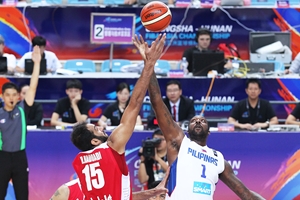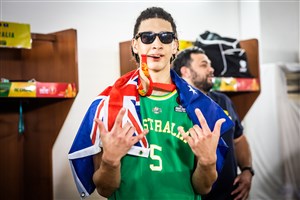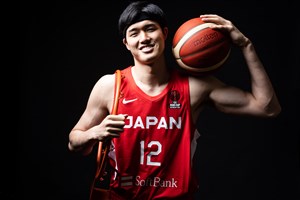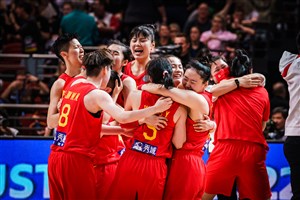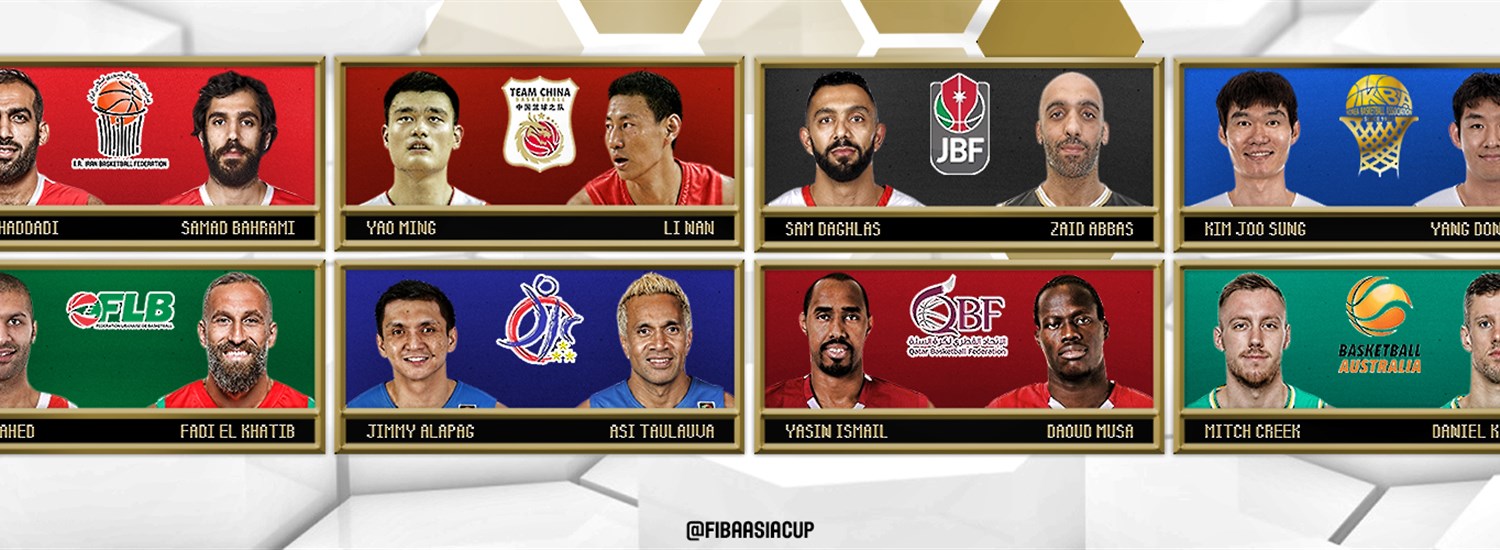
POLL: Which historic FIBA Asia Cup Dynamic Duo is your favourite?
BEIRUT (Lebanon) - Jordan and Pippen. Shaq and Kobe. LeBron and Wade. Some of the greatest teams ever in the history of basketball featured some terrific two-men tandems that left opposing teams scrambling who to stop.
There have also been some fun duos to watch in the Asia Cup over the years and here they are! Which of these pairs are your favorites?
Hamed Haddadi & Samad Nikkahbahrami (Iran)
The two pillars of Iran’s golden generation are up there among one of the most successful duos in the Asia Cup as well as one of the best.
They first teamed up at FIBA Asia Cup 2005, which was Haddadi’s debut and Nikkahbahrami’s second appearance in the competition. Both did well with Nikkahbahrami and Haddadi scoring 9.6 and 6.6 points per game, respectively, but Iran would only finish at 6th place that year.
It wasn’t until FIBA Asia 2007 when the dynamic duo took it up another notch. With 13.4 points and 9.6 rebounds per game for Haddadi to go with 14.3 points and 5.0 rebounds per contest from Nikkahbahrami, the two were ranked first and second on the team in both categories on their way to the nation’s first ever Asia Cup title.
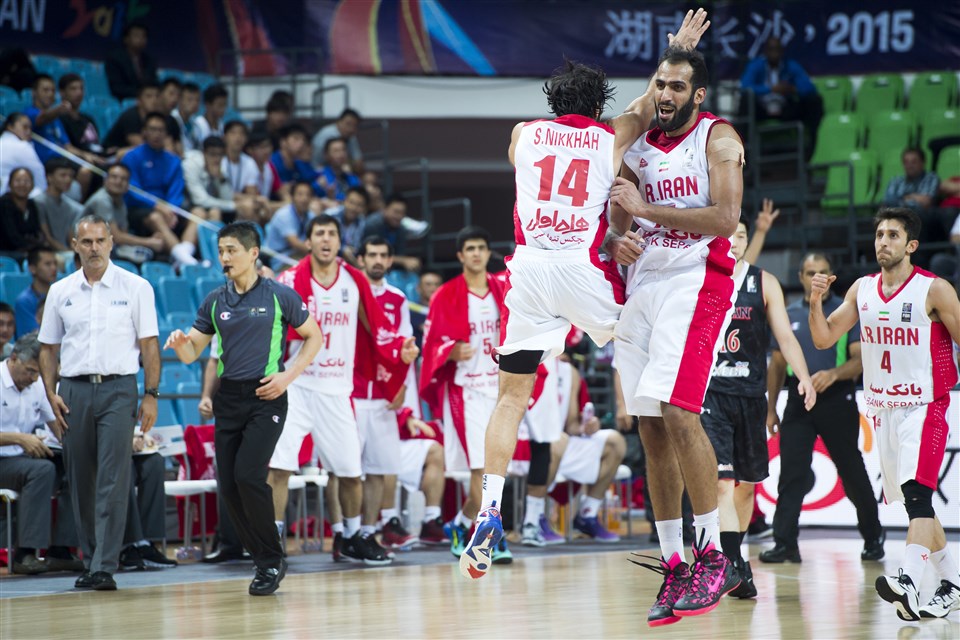
They continued to win 2 more titles together on one of the most dominant runs ever in Asia Cup history by a country, playing a total of 6 tournaments with each other. In 2011, both ended up being named to the All-Star Five for the first and only time together. Haddadi has won a total of 4 MVP awards, while Nikkahbahrami was named to the All-Star Five twice.
Yao Ming & Li Nan (China)
During the early 2000s, China were unbeatable in the Asia Cup. That is not even a figure of speech to depict how good they were. China literally went 24 games without a single loss from 2001 to 2005 in FIBA Asia Cup play.
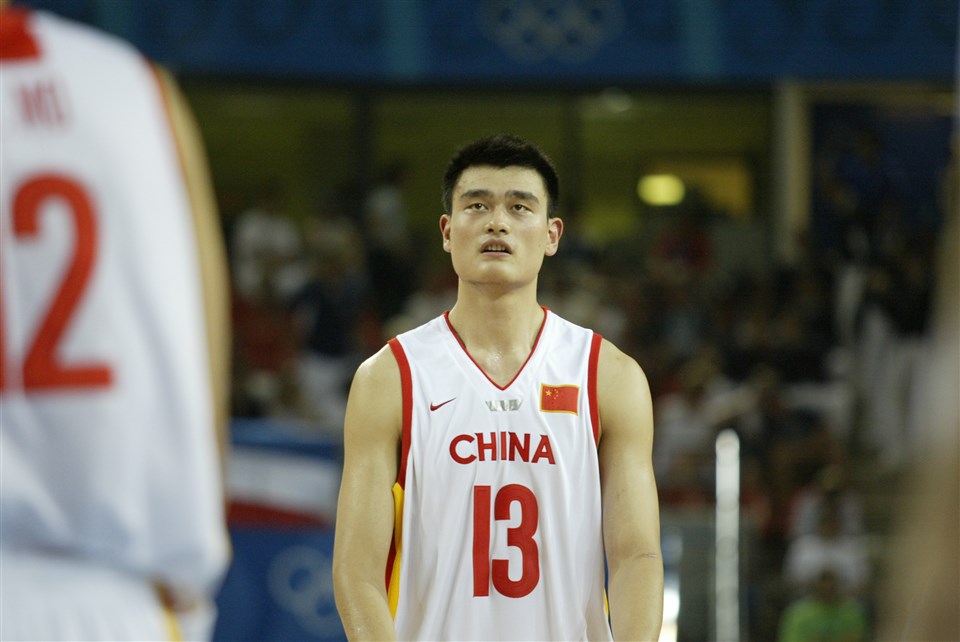
Obviously one of the advantages was having one of the best players of all time in Asia, Yao Ming, but having one of the best forwards of the era in Li Nan to play alongside Yao another huge factor as well. During their undefeated reign, Yao and Li were the top two scorers on the team with Yao averaging 18.7 and 13.6 points per contest.
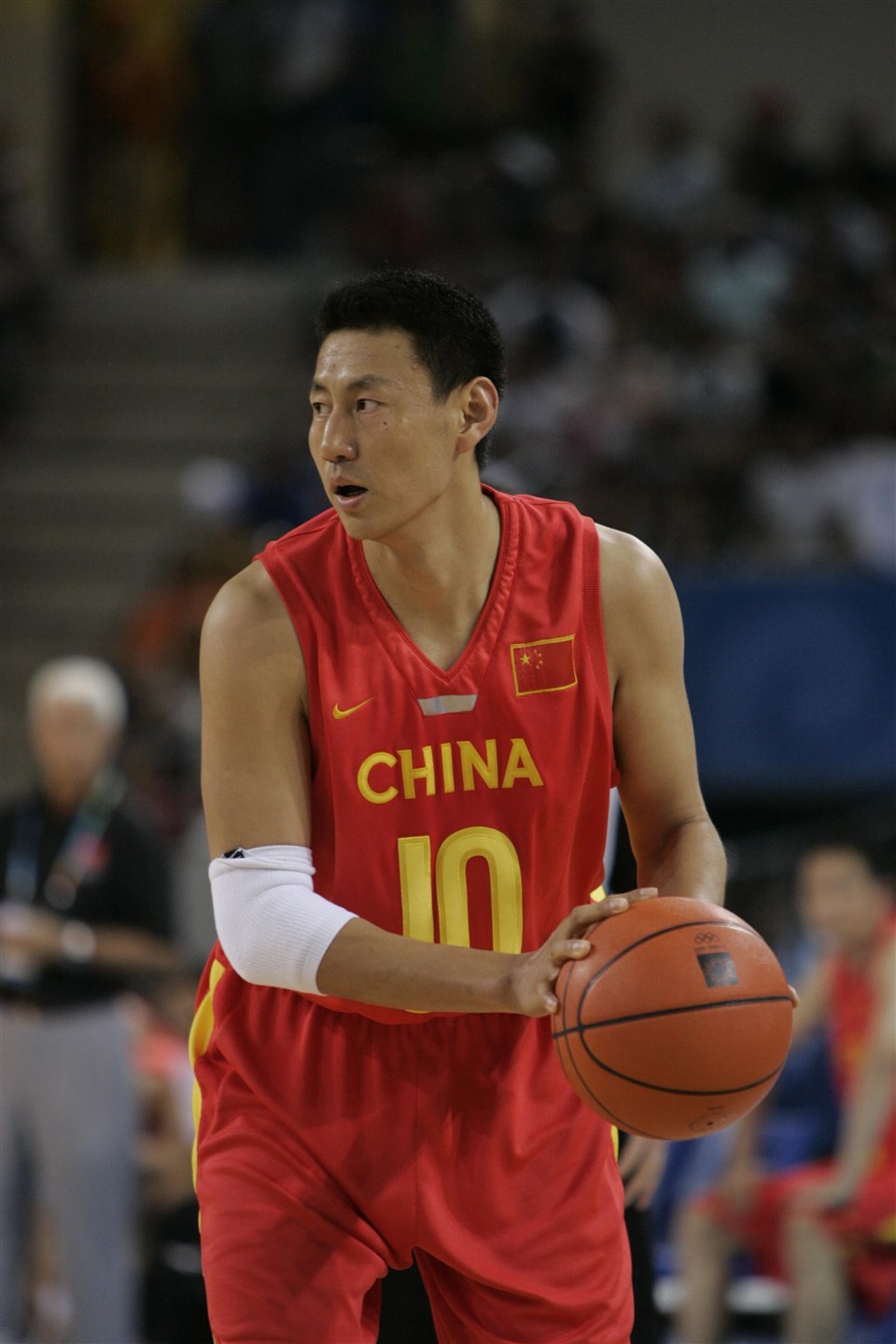
One of the highlights of China’s one-two punch was in the 2003 Final against Korea. Yao exploded for his second most amount of points scored in the Asia Cup with 30 points while Li notched his Asia Cup-career high of 26. China ended up winning 106-96, the most points tallied in a FIBA Asia Cup championship game.
Yasin Ismail & Daoud Mousa (Qatar)
Qatar blasted onto the FIBA Asia Cup scene of the 2000s with a bang. Led by the duo of 21-year-old Yasin Ismail and 19-year-old Daoud Mousa in FIBA Asia Cup 2001, Qatar finished all the way up at 5th place, surpassing their previous and only standing of 16th back in 1991.
Yasin and Daoud didn’t stop there.
As the tandem matured over the next two Asia Cups, they took the competition by storm. By taking down the likes of Lebanon, Jordan, and Korea, Qatar were able to snatch back-to-back bronze medals in 2003 and 2005. Thoughout the first of their 3 runs that saw Qatar finishing in no lower than 5th place, Yasin and Daoud were the top two scorers for the team.
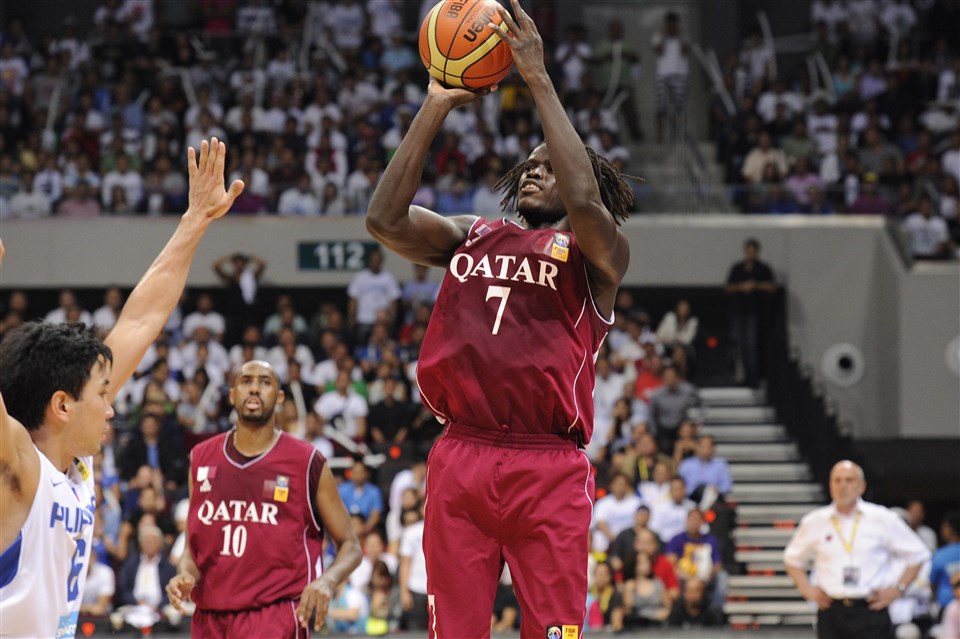
Both players were key to Qatar’s rise, playing a total of 6 Asia Cups together up until 2013. Yasin score 622 points in 44 games for an average of 14.1 points per game. Daoud put up 580 points in 53 games, averaging at 10.9 points per contest. In what might have been the biggest game of their run at the 2003 bronze medal game against Lebanon, Yasin put up 20 while Daoud scored 19 to give Qatar a historic 77-67 win over Lebanon.
Jimmy Alapag & Asi Taulava (Philippines)
There is just something fun about watching such a contrasting pair between Alapag and Taulava playing with each other. With Alapag, you have a diminutive guard who loved to launch it fron downtown while Taulava would bang it up down low with his size for the Philippines. But both never failed to displayed heart - or “puso” - playing for the national team, and that’s what made the combo work so well.
Both players built up their chemistry playing at the same club in the Philippines Basketball Association (PBA) and finally teamed up in the national team at FIBA Asia Cup 2007. With Alapag leading the team in scoring (16.0 points per game) and assists (2.8 per game) that year and Taulava leading in rebounds (7.8 per contest), the Philippines went on for their best Asia Cup finish in over a decade.

The two found themselves on the same team once again in 2011 and though they had reduced roles in the squad, they played significant roles in getting the Philippines to their first Asia Cup Semi-finals appearance since 1987.
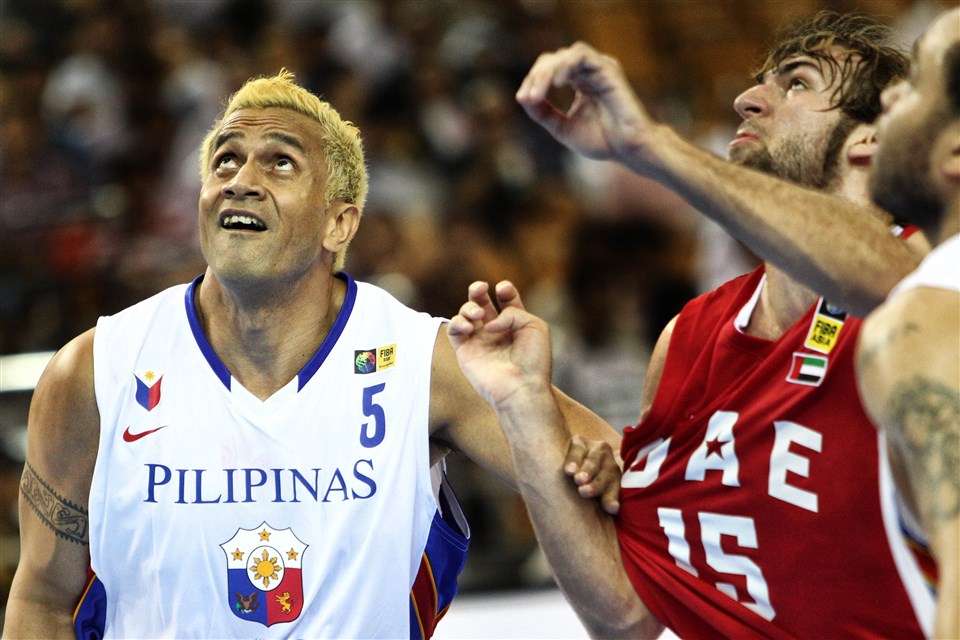
Sam Daghles & Zaid Abbas (Jordan)
“Sam & Zaid” sounds like a potentially fun-to-watch sitcom and sure enough it was one of the most entertaining two-man tandems in Asia from the mid 2000s to the mid 2010s. Both Daghles and Abbas made their Asia Cup debuts in 2005, boosting Jordan to elite status with 4 straight trips to the Quarter-finals together.
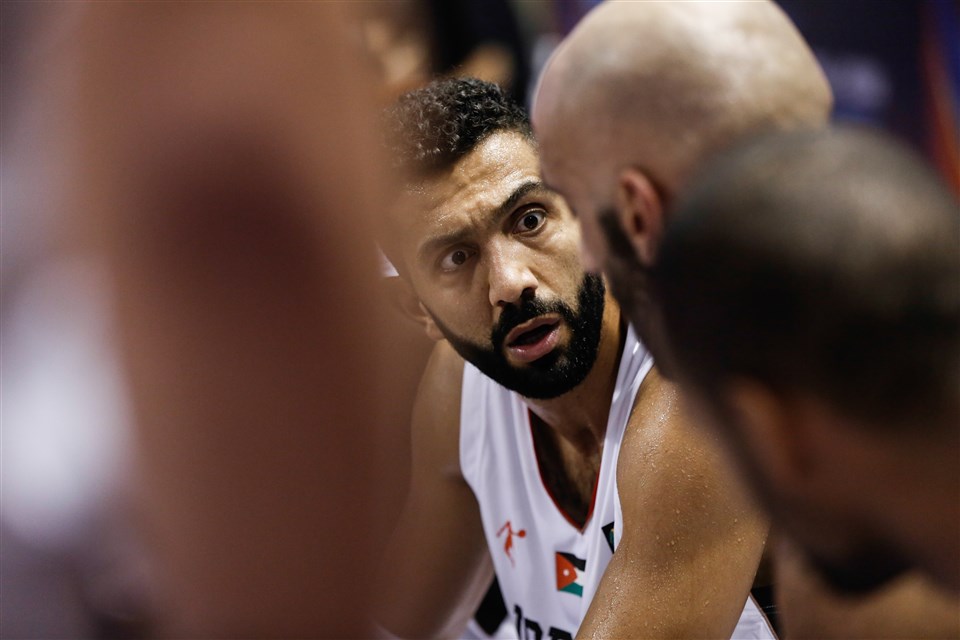
The team and the combo between Abbas and Daghles peaked in 2009 and 2011 with consecutive podium finishes and just barely missing out on their first ever Asia Cup title. The versatility of both forwards gave Jordan an advantage over their opponents which they enjoyed on their way to a lengthy stretch of success.
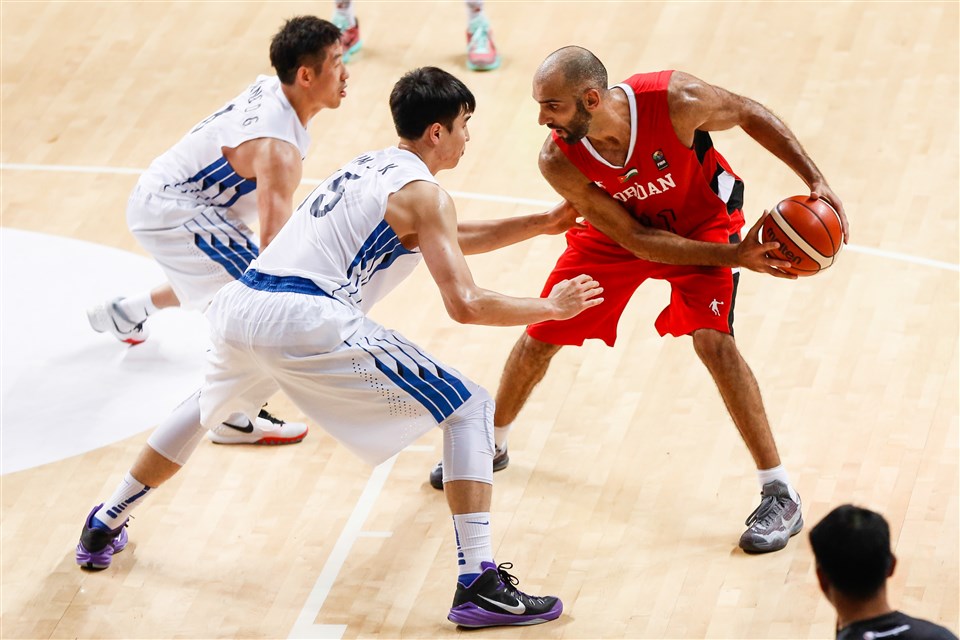
Daghles and Abbas played 5 Asia Cups together, setting the tone for Jordan basketball heading into the future. Throughout their run together in the regional competition, they nearly scored the same amount of points. Abbas scored 441 points in 42 games (10.5 points per game average) while Daglhes piled in 421 points in 40 games (10.53 points per game).
Kim Joo Sung & Yang Dong Geun (Korea)
Kim Joo Sung and Yang Dong Geun are one of the best ever in Korea basketball, so it’s really a no-brainer that they make this list.
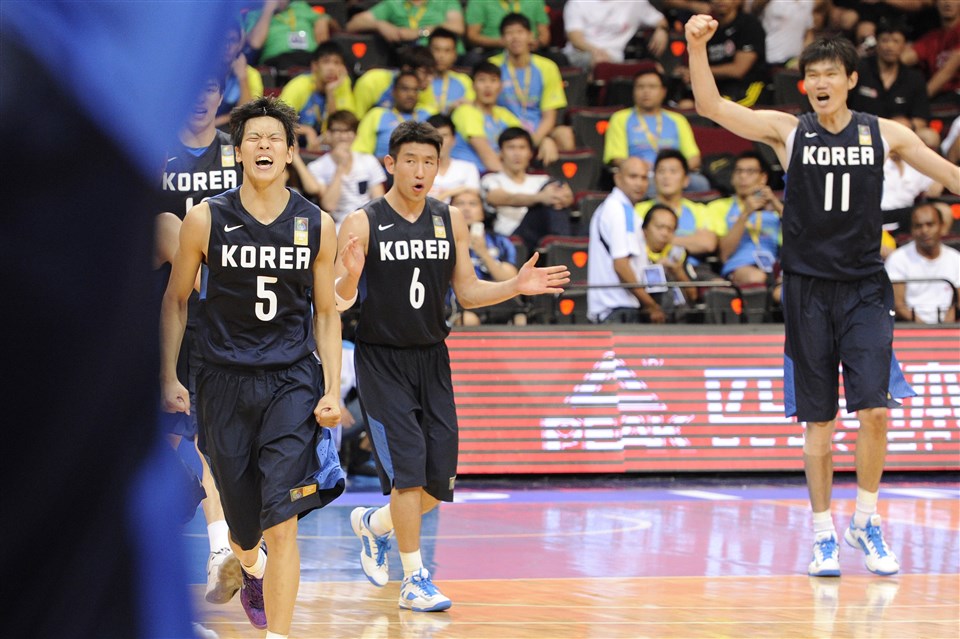
Kim had already starred in previous Asia Cups before Yang Dong Geun eventually made his debut in 2007. When they paired up with each other for the next 4 Asia Cups, they went on to win 3 bronze medals together.
During their times playing together, Yang controlled the game from outside while Kim locked it up down low. In the 4 Asia Cups they played with each other, Yang averaged 8.1 points, 3.0 rebounds, 3.5 assists, and 1.2 steals per game while Kim recorded 10.4 points, 5.0 boards, 2.3 assists, and 0.8 blocks per contest.
Rony Fahed & Fadi El Khatib (Lebanon)
It’s debatable whether Lebanon were the best team in the Asia Cup during the first decade of the 21st century, but there’s no doubt that they certainly are in the conversation. Spearheading that stretch of excellence was Fadi El Khatib and Rony Fahed, one of the best pairings ever in Asia.
As El Khatib piled on the points over and over again in the Asia Cup, Fahed was orchestrating the offense and knocking down the occasional clutch shot. It resulted in 3 straight trips to thee championship game together and 4 consecutive runs to the Semi-finals as well.

The essence of how well they worked together went far beyond both of their abilities to score, but that was still something they did well when they played with each other. El Khatib averaged 21.2 points per game, while Fahed put up 10.5 points per contest in the Asia Cups where they teamed up.
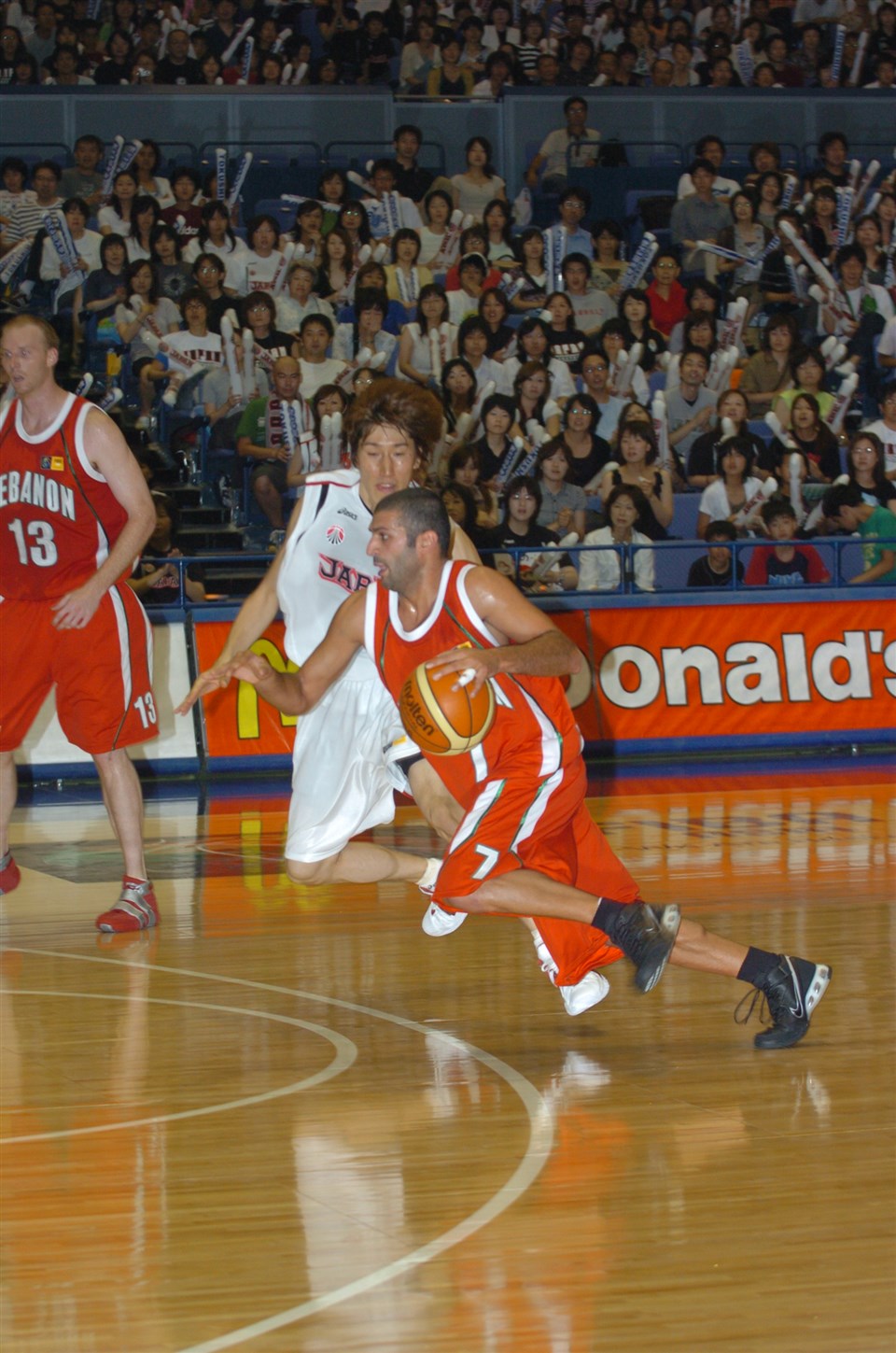
Mitch Creek & Daniel Kickert (Australia)
On a team loaded from top to bottom that cruised on to the the FIBA Asia Cup 2017, it was Daniel Kickert and Mitch Creek who procided the one-two punch.
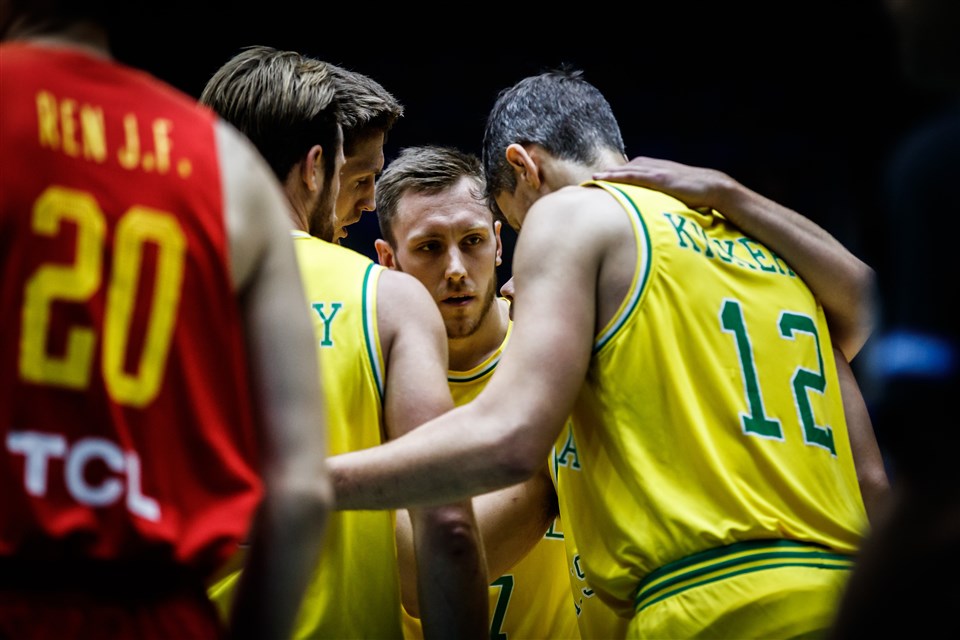
Creek led the way with a highly efficient 14.2 points per game for the Boomers with Kickert just right behind with 12.3 pointer per contest in second. They both did a little bit of everything locking up the 3rd and 4th rankings in the team for rebounds and assists per game as well.
FIBA










